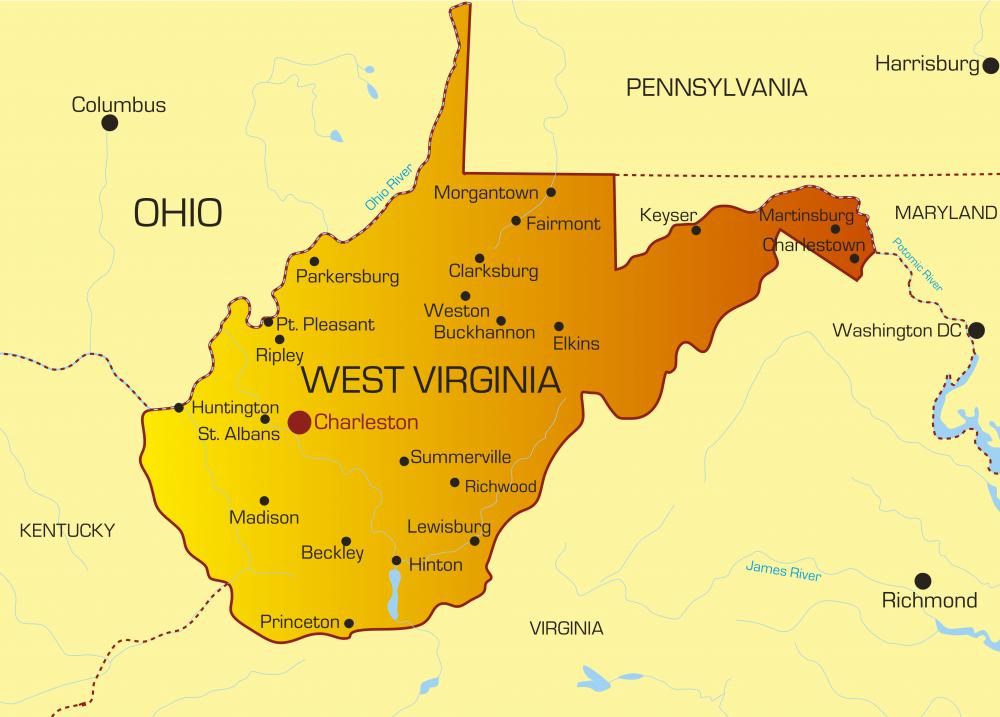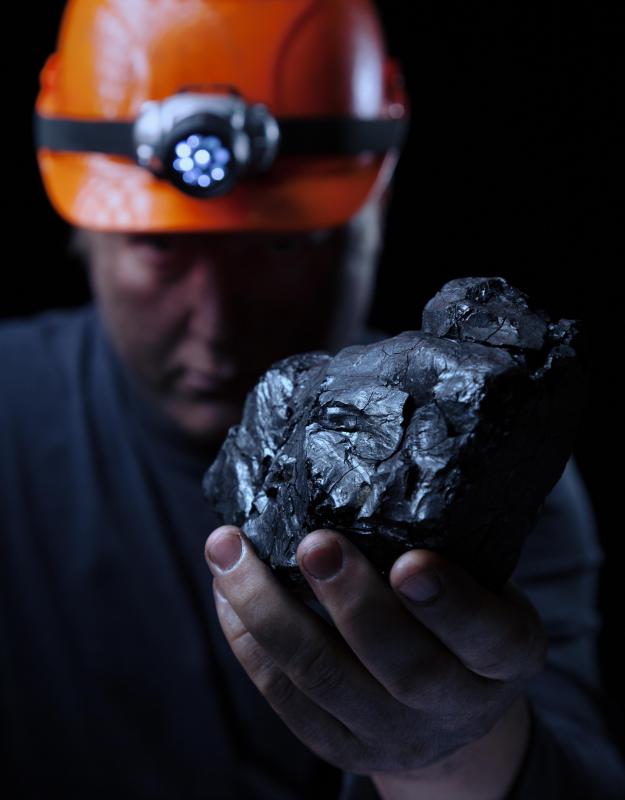At WiseGEEK, we're committed to delivering accurate, trustworthy information. Our expert-authored content is rigorously fact-checked and sourced from credible authorities. Discover how we uphold the highest standards in providing you with reliable knowledge.
What Was the Sago Mine Disaster?
In the early morning hours of 2 January 2006, an explosion ripped through the Sago coal mine in Upshur County, West Virginia. The blast, which was felt over five miles away in the town of Buckhannon, collapsed a portion of the mine, trapping one team of miners and narrowly avoiding another. When the dust cleared, one miner was dead and 12 more were trapped beneath the rubble. Over the next two days, all but one of the remaining miners would succumb slowly to lack of oxygen as the community watched helplessly.
Rescue teams from the Mine Safety and Health Administration (MSHA) did not respond to the site of the Sago mine disaster until four hours after the explosions. Until 10:00 p.m. that evening, the increasingly agitated crowd looked on as the MSHA preformed testing but made no efforts at rescue. The knowledge that high levels of carbon monoxide were hindering rescue attempts was of very little consolation to the friends and family of the workers trapped within the clouds of toxic gas. Over the next 24 hours, rescue attempts were intermittent, ending with the discovery of the remains of 12 miners and a critically injured survivor on the morning of January 4.

The inefficiency of the rescue attempts by MSHA combined with long-standing resentment with the United Mine Workers Association (UMWA) led to several legal skirmishes between the groups in the months following the Sago mine disaster. Even after the UMWA was legally granted the right to participate in the investigation into the cause of the explosion, representatives were denied access to many documents and interview transcripts. The UMWA continues to disagree strongly with the official explanation claiming that the explosion was caused by a lightning strike at the entrance of the mine. This strike supposedly ignited a pocket of methane gases at the explosion site. As the said pocket of methane was sealed 2 miles (3.2 kilometers) down the tunnels of the mine and at a depth of over 250 feet (76.2 meters), many find the explanation unsatisfying.

Within hours of the Sago mine disaster, the small West Virginia community was flooded by national and international media. These reporters, unaccustomed to the cultural norms of rural West Virginia, were seen as invasive, rude, and unsympathetic. The gulf between locals and the media became unbridgeable after mistaken reports were spread that 12 of the miners were found alive. After that painful emotional letdown, reporters in the area frequently encountered open hostility.
The international media attention led to some small alterations in mine safety laws but no real sweeping changes. The most notable effect was the closure of the mine, which reopened less than three months after the Sago mine disaster. The mine closed its doors permanently after an additional year of operation, citing lack of profits. Locals viewed the reopening of the mine as sacrilege, and the Wolf Run Mining Company ultimately found it difficult to run a full mining operation with no workers.
Twelve sons of West Virginia were lost in the Sago mine disaster: Tom Anderson, 39; Terry Helms, 50; Marty Bennett, 51; Martin Toler Jr., 51; Marshall Winans, 50; Junior Hamner, 54; Jessie Jones, 44; Jerry Groves, 56; James Bennett, 61; Jackie Weaver, 51; Fred Ware Jr., 58; and David Lewis, 28. Randal McCloy Jr., the sole survivor of the Sago collapse, struggled with the physical and emotional toll of the disaster was not able to return to work.
AS FEATURED ON:
AS FEATURED ON:












Discuss this Article
Post your comments